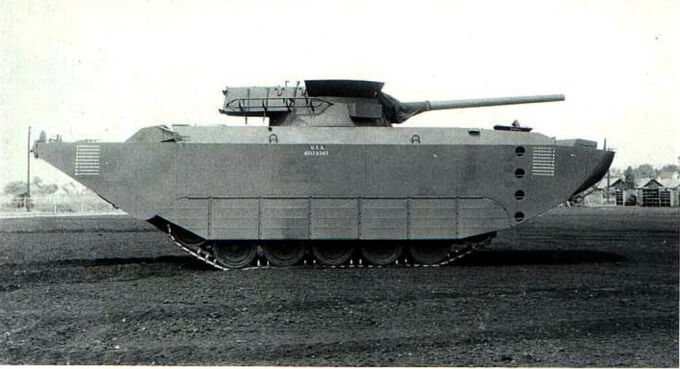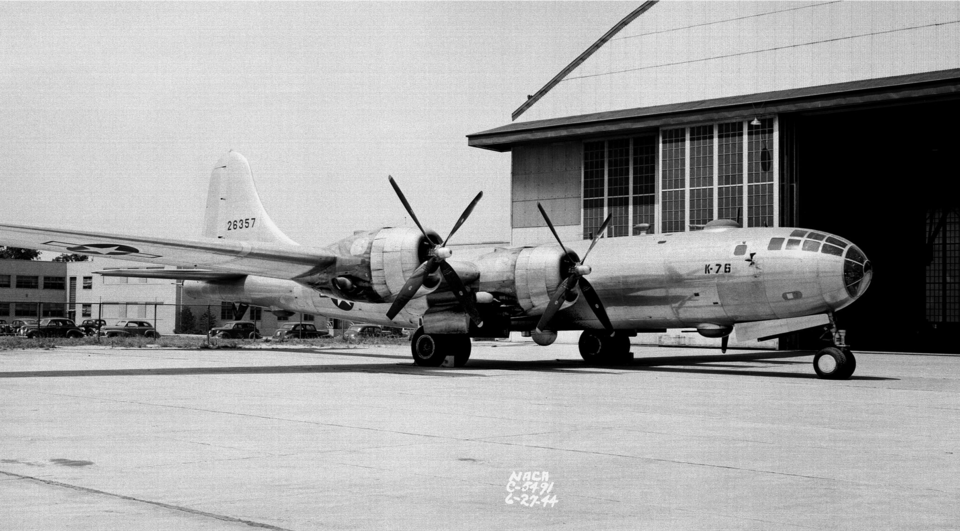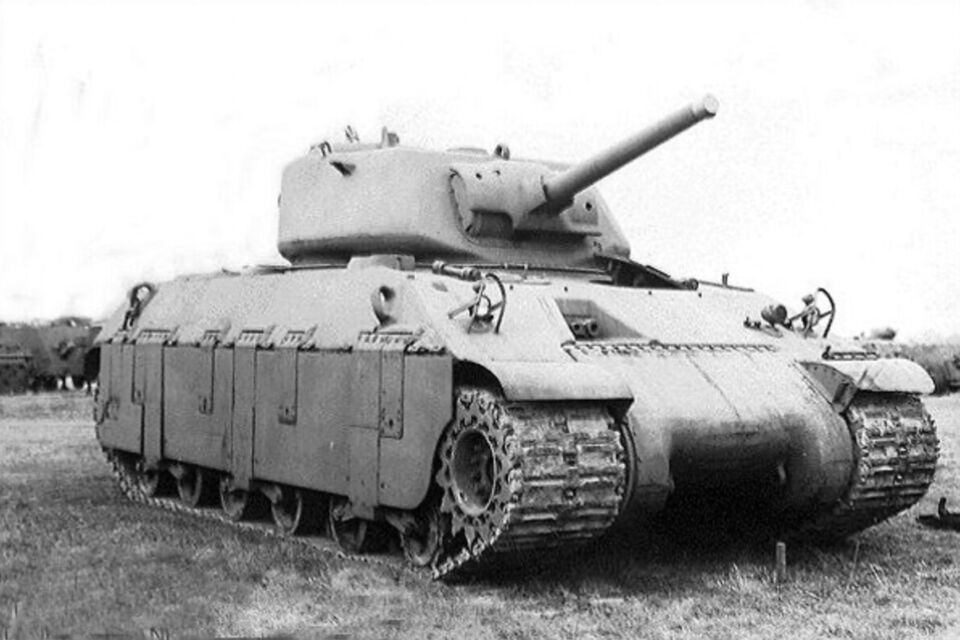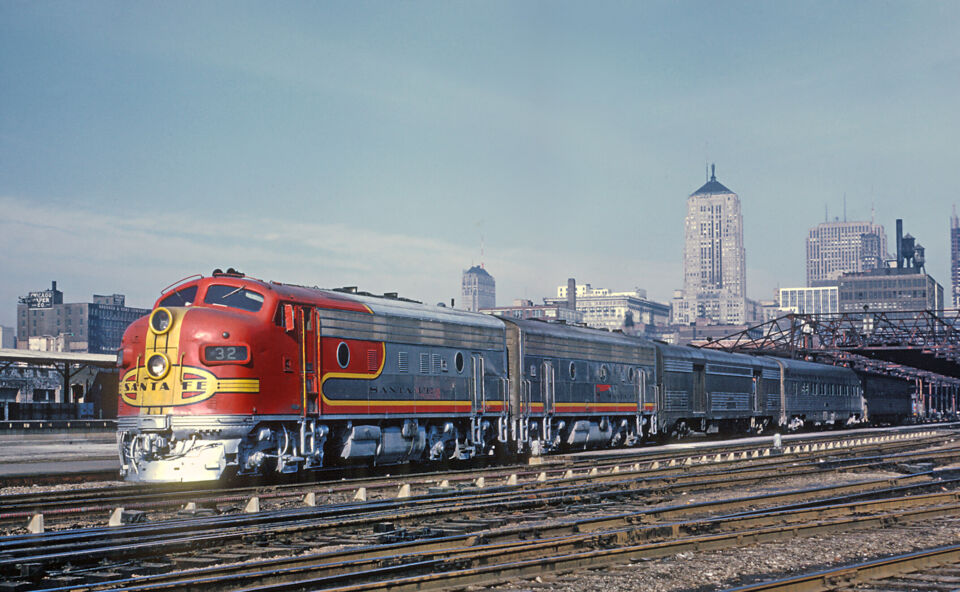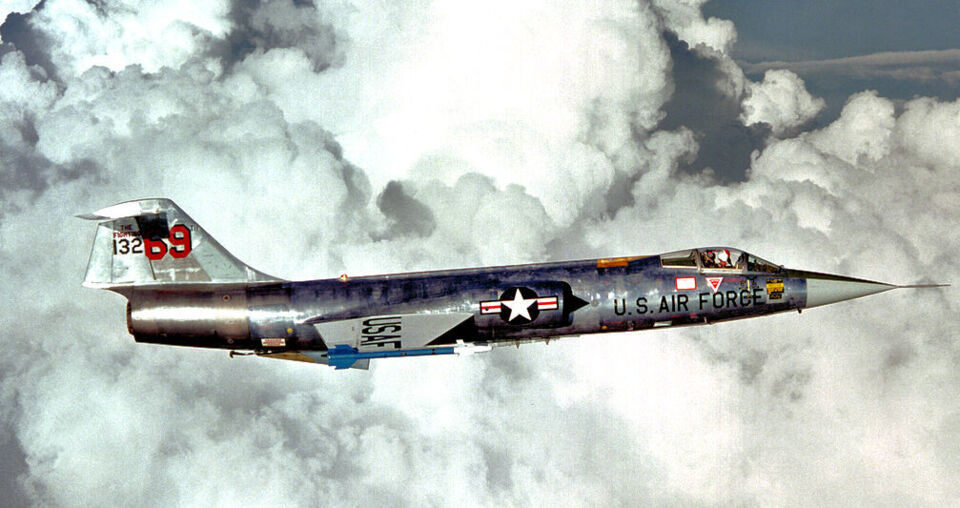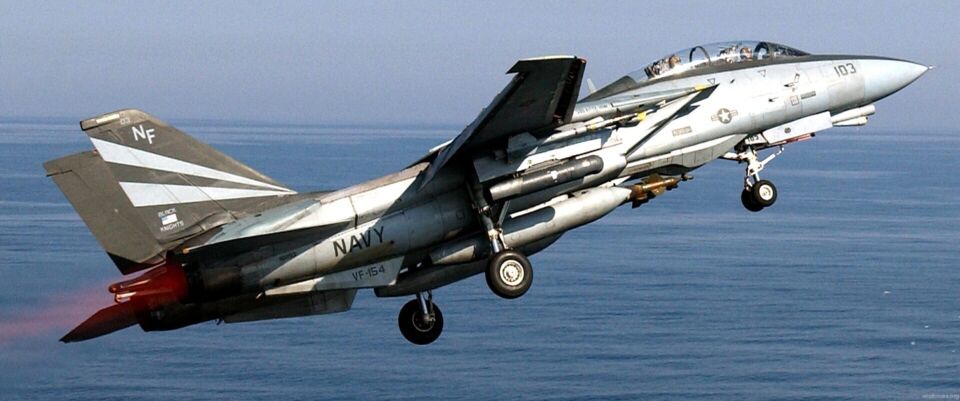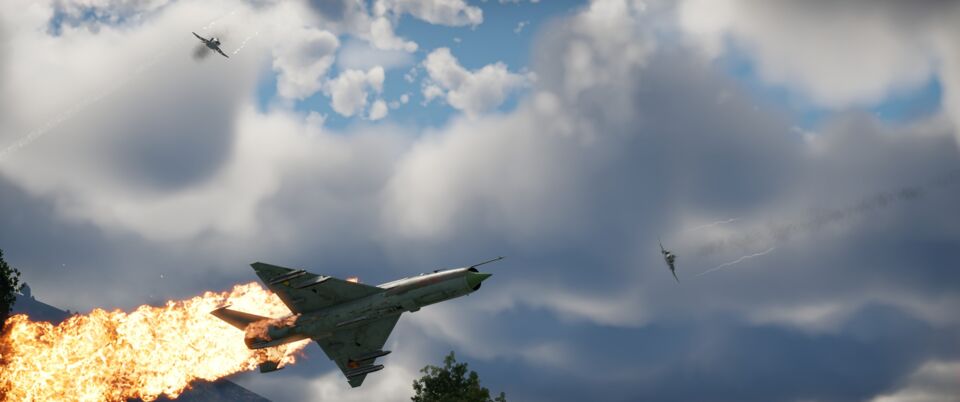#usa
The Boeing B-29 Superfortress was a revolutionary aircraft that redefined bomber aircraft and engineering during World War II. Designed as a long-range heavy bomber, it became synonymous with strategic bombing campaigns in the Pacific Theater, including the historic missions over Hiroshima and Nagasaki. With its advanced pressurized cabin, remote-controlled turrets, and ability to reach unimaginable altitudes and distances, the B-29 represented the peak of wartime aviation technology.
The T14 was a heavy tank that was the result of a joint American and British project aimed at developing a universal heavy infantry tank. The United States built two prototypes, one of which was sent to Great Britain for testing and the other was tested in the United States. They never entered serial production and never saw combat.
Today I’m going to tell you a little more about trains, but not the Br 52 this time. Today it’s about the EMD F series. The EMD F is an American diesel-electric locomotive from General Motors Electro-Motive Division. It was designed as a heavy freight locomotive, but it was also used for passenger trains. A total of 1,807 units were built between 1945 and 1949: 1,111 of type A and 696 of the cabless units of type B.
The Starfighter, the Lawn Dart, the Widowmaker, the Missile with a Man it it; regardless of what you may know it as, it’s impossible to deny its influence on military aviation. The first mass-production airframe to ever reach Mach 2, the F-104 was, and still is, used across the globe by both numerous national air forces and private owners alike. Its design echoed the role it was made for, trading complexity and a wide selection of ordnance for a simple design, made for raw speed. While its many nicknames earned it the dubious honor of being an accident-prone aircraft in popular media, it was still an incredibly unique and capable fighter for its time, only being roughly matched in speed by the MiG-21 a few years later.
Did you know that the F-14A, the original variant of the legendary naval fighters, served with the U.S. Navy until 2004? Throughout its long and distinguished service, the F-14A underwent a series of significant upgrades that transformed it from a dedicated fleet air defense interceptor into a versatile multi-role fighter. This topic explores the key enhancements made to the A-model since 1977, tracing its evolution into a formidable platform with both potent air-to-air and precision air-to-ground capabilities.
The F-4E is an American 3rd generation fighter jet built to address the significant flaws found in the earlier F-4C, most notably its lack of a built-in cannon armament and countermeasures. The upgrades it received gave the F-4E a very wide appeal with export customers and made it the baseline for the vast majority of export variants to the air forces of Western-aligned nations. While many of these exports, like those to Germany and Japan, would receive downgraded avionics, a lack of radar-guided missiles, or reduced flight performance, Israel’s F-4E “Kurnass” fighters are almost identical to their American counterparts, excluding the switch to AIM-9D/G Sidewinder missiles used by the United States Navy. Regardless, American and Israeli players can benefit from the F-4E’s very user-friendly playstyle, with a very high skill ceiling that provides all the tools necessary for success when flying it.
The M22 Locust was a light tank developed and used by the Americans and British during World War II. It was only used once during the war: Operation Varsity. Eight of the 260 British M22 Locusts were deployed in Operation Varsity in the German towns of Hamminkeln and Wesel. Of these, only four reached the rendezvous point on high ground; two were damaged during landing and two others were damaged or destroyed in the fighting. After World War II, the Locust was quickly deemed obsolete and retired.
